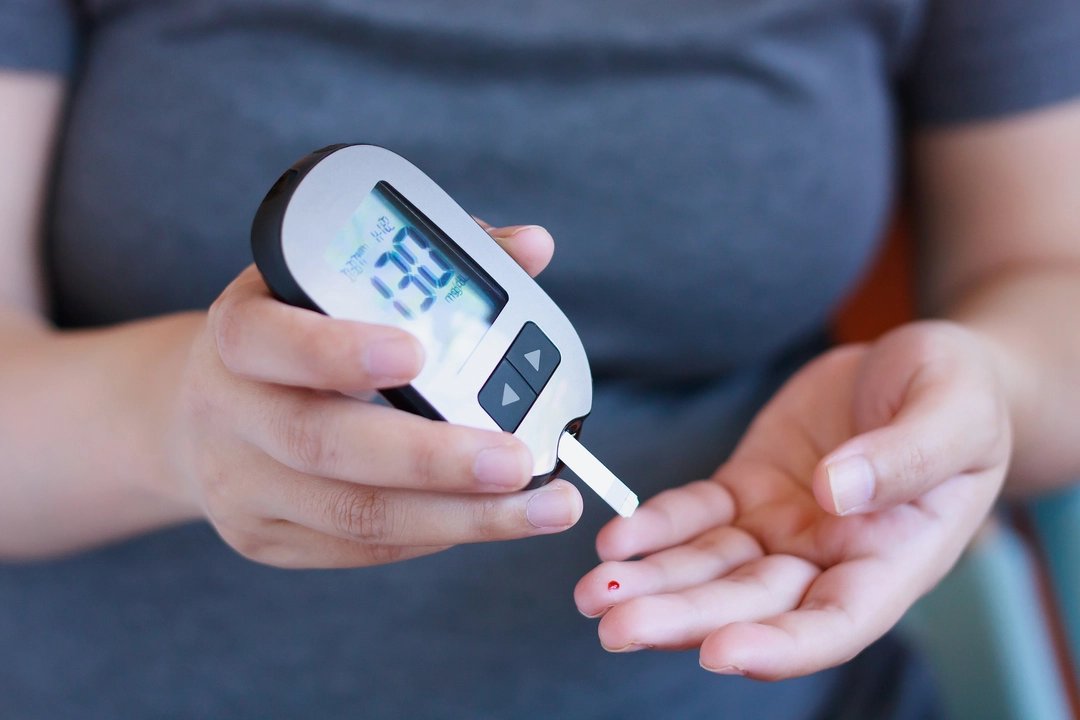Managing Diabetes: Simple Steps to Keep Your Blood Sugar in Check
If you live with diabetes, the everyday details matter more than you might think. Small changes in what you eat, how you move, and when you check your glucose can make a big difference. Below are easy-to-follow tips that fit into most busy lives.
Eat Smart Without Feeling Deprived
Focus on foods that release sugar slowly. Think whole grains, beans, non‑starchy veggies, and nuts. A plate half full of colorful veggies, a quarter protein (fish, chicken, tofu), and the rest carbs is a good visual guide. Swap sugary drinks for water or sparkling water with a splash of lemon – you’ll cut hidden calories fast.
Portion control doesn’t have to be exact science. Use your hand as a tool: a fist for carbs, a palm for protein, and two thumbs for healthy fats. This trick works whether you’re at home or eating out.
Move More, Stress Less
You don’t need a marathon plan. A brisk 20‑minute walk after dinner can lower blood sugar for several hours. If you sit a lot at work, stand up and stretch every hour – even five minutes helps insulin work better.
Strength training is another hidden gem. Simple bodyweight moves like squats, push‑ups, or lifting a grocery bag once a week builds muscle that burns glucose even when you’re resting.
Track Glucose Like a Pro
Testing isn’t just for emergencies. Check your levels at the same times each day – before breakfast, before lunch, and before bed. Write down what you ate, exercised, and any stressors. Patterns appear quickly when data is consistent.
If you use a continuous glucose monitor (CGM), set alerts for high or low thresholds. The device does the heavy lifting; you just respond to the numbers.
Medication Made Simple
Take meds exactly as your doctor says. Use a pill organizer to avoid missing doses. If you’re on insulin, keep a spare pen and extra needles in a bag you carry daily.
Talk to your pharmacist about side effects or interactions. Many people don’t realize that certain antibiotics or steroids can spike glucose – knowing this ahead of time saves headaches later.
Stay On Top of Your Health Check‑ups
Regular appointments let you adjust treatment before problems grow. Bring a list of recent readings, any new symptoms, and questions about diet or exercise. A quick review of your A1C every three months keeps the bigger picture clear.
Remember, managing diabetes is a marathon, not a sprint. Each habit you add builds a stronger foundation for long‑term health. Start with one tip today – maybe swapping soda for water – and watch how quickly things improve.




